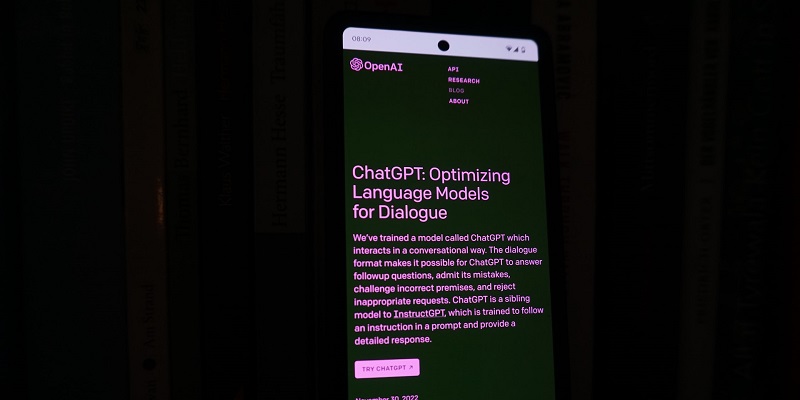In the ever-evolving landscape of cybersecurity, cybercriminals constantly seek innovative methods to exploit technology for their malicious activities. With the advent of artificial intelligence (AI), criminals now have a powerful tool at their disposal. The rise of AI-driven scams has made it easier for cybercriminals to craft convincing lures, leveraging advanced technology and reshaping the battlefield of AI technologies. This article explores how hackers are actively abusing OpenAI’s ChatGPT to generate malware and social engineering threats, as well as the potential implications for the future.
The Rise of AI-Driven Scams and Cybercriminal Activities
In recent times, AI-driven scams have proliferated, with cybercriminals capitalizing on the capabilities of ChatGPT to orchestrate their attacks. OpenAI’s ChatGPT, renowned for its natural language processing capabilities, has now become a double-edged sword. While it offers immense potential for technological advancement, it also presents a ripe opportunity for criminals to exploit.
ChatGPT as a Potential Tool for Phishing Attacks
Although ChatGPT is not currently an all-in-one tool for advanced phishing attacks, there is potential for future exploration. Hackers have actively targeted this AI model, examining its limitations and looking for innovative ways to exploit it. As the technology evolves, it is crucial to remain vigilant about the potential risks and vulnerabilities associated with ChatGPT.
Threat Tactics and Mediums Leveraged by Bad Actors
To achieve their malicious objectives, cybercriminals employ various tactics and exploit different mediums. Two prominent methods include malvertising and fake updates. Malvertising involves embedding malicious code within digital advertisements to deceive unsuspecting users. Meanwhile, cybercriminals often impersonate legitimate software updates to trick users into downloading malware. These tactics, combined with AI-driven scams, make it increasingly difficult for users to distinguish between genuine and fake communications.
Leveraging Language Models (LLMs) for Malicious Code Generation
Leveraging language models (LLMs) has simplified the process of generating malicious code for cybercriminals. While expertise is still necessary, LLMs provide a powerful tool to craft convincing and sophisticated malware. However, creating LLM malware requires precision, technical expertise, and an understanding of prompt length restrictions and security filters to circumvent detection.
Exploiting ChatGPT’s Weaknesses: Spambots and Filters
Spambots have found a way to exploit ChatGPT’s vulnerabilities by leveraging its error messages and user reviews to deceive consumers. These bots engage in tactics that increase the chances of users falling victim to scams. While OpenAI has implemented filters to mitigate misuse, bad actors are persistent and continually develop techniques to circumvent them, albeit at a time-consuming rate.
Enhancing Cybersecurity Measures with ChatGPT
Despite the risks posed by ChatGPT, this technology can also serve as a valuable tool for bolstering cybersecurity measures. Security analysts can utilize ChatGPT to generate detection rules and enhance their pattern detection tools. By leveraging the model’s language processing capabilities, analysts can stay one step ahead of cybercriminals, identifying and mitigating potential threats effectively.
The rise of AI-driven scams and cybercrime poses serious challenges for individuals and organizations alike. The abuse of ChatGPT by hackers to generate malware and social engineering threats highlights the pressing need for heightened cybersecurity measures. While ChatGPT’s current limitations prevent it from being an all-in-one tool for advanced phishing attacks, its potential as a future avenue for exploitation cannot be overlooked. It is imperative for security professionals, technology developers, and users to remain proactive, continuously adapting and innovating to stay ahead of cybercriminals in this evolving landscape of AI-driven threats.

